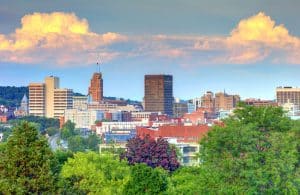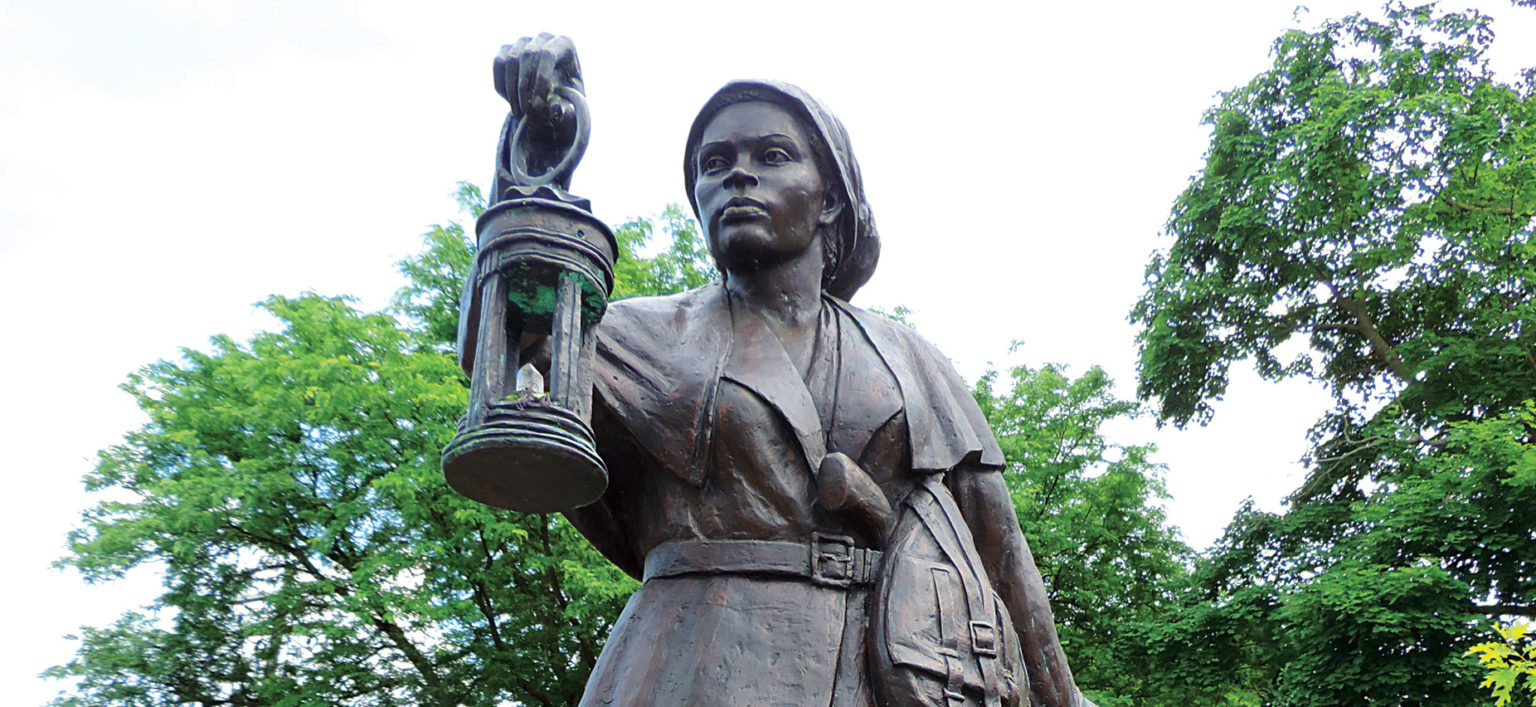Please note: The information was up-to-date at the time of publication. Visit each website to confirm details.
Gerrit Smith Estate
A National Historic Landmark, this estate was the former home of abolitionist Gerrit Smith – He helped hundreds during his life, according to its website, working to free enslaved individuals, and providing land and other resources. Though the buildings are currently closed due to COVID-19, guests are encouraged to walk the estate’s three acres and view its outdoor signage.
Location: 5304 Oxbow Road, Peterboro.
More information: gerritsmith.org.
While you’re in Peterboro, you can also stop by the National Abolition Hall of Fame and Museum, housed in the same building as the inaugural meeting of the New York State Antislavery Society in 1835. It is also currently closed, but you can view the gardens and outdoor signage.
Location: 5255 Pleasant Valley Road, Peterboro.
More information: nationalabolitionhalloffameandmuseum.org.
Oneida County Freedom Trail
The Oneida County Freedom Trail explores the history of the Underground Railroad in Oneida County. Stops on Utica’s walking tour include: Mechanics Hall, the site of the 1835 Utica Riot, and Devereux Street, where an abolitionist newspaper was published. You can also visit the Oneida County Freedom Trail’s website to learn more about the region’s prominent abolitionists (and towns).
Location: There are locations around Utica.
More information: oneidacountyfreedomtrail.com.
Onondaga Historical Society
The Onondaga Historical Museum houses several permanent exhibits, including “Freedom Bound: Syracuse & The Underground Railroad,” which uses images, voices, music and more to explore topics such as slavery, abolitionism and tolerance. It also partnered with Syracuse University and the Black History Preservation Project to create “Our Stories: A Virtual Black History Museum,” featuring photos, audio interviews, and a documentary – you can view it at ourstories.syr.edu.
Location: 321 Montgomery St., Syracuse.
More information: cnyhistory.org.
Seward House Museum
The former residence of William Henry Seward, who served as Secretary of State for Presidents Abraham Lincoln and Andrew Johnson, was also a stop on the Underground Railroad. Visitors can view a variety of artifacts and learn about the relationship between Harriet Tubman and the Seward family – part of the “Forged in Freedom” exhibit. Several virtual tours are also available on the Seward House Museum’s website.
Location: 33 South St., Auburn.
More information: sewardhouse.org.
A few miles down the road is the Harriet Tubman National Historical Park, where families can learn more about the famous abolitionist. Open year-round, its grounds feature a visitor center, the Thompson Memorial African Methodist Episcopal Zion Church, the Tubman Home for the Aged and the Harriet Tubman Residence. All tours have been suspended due to COVID-19.
Location: 180 South St., Auburn.
More information: harriettubmanhome.com.





